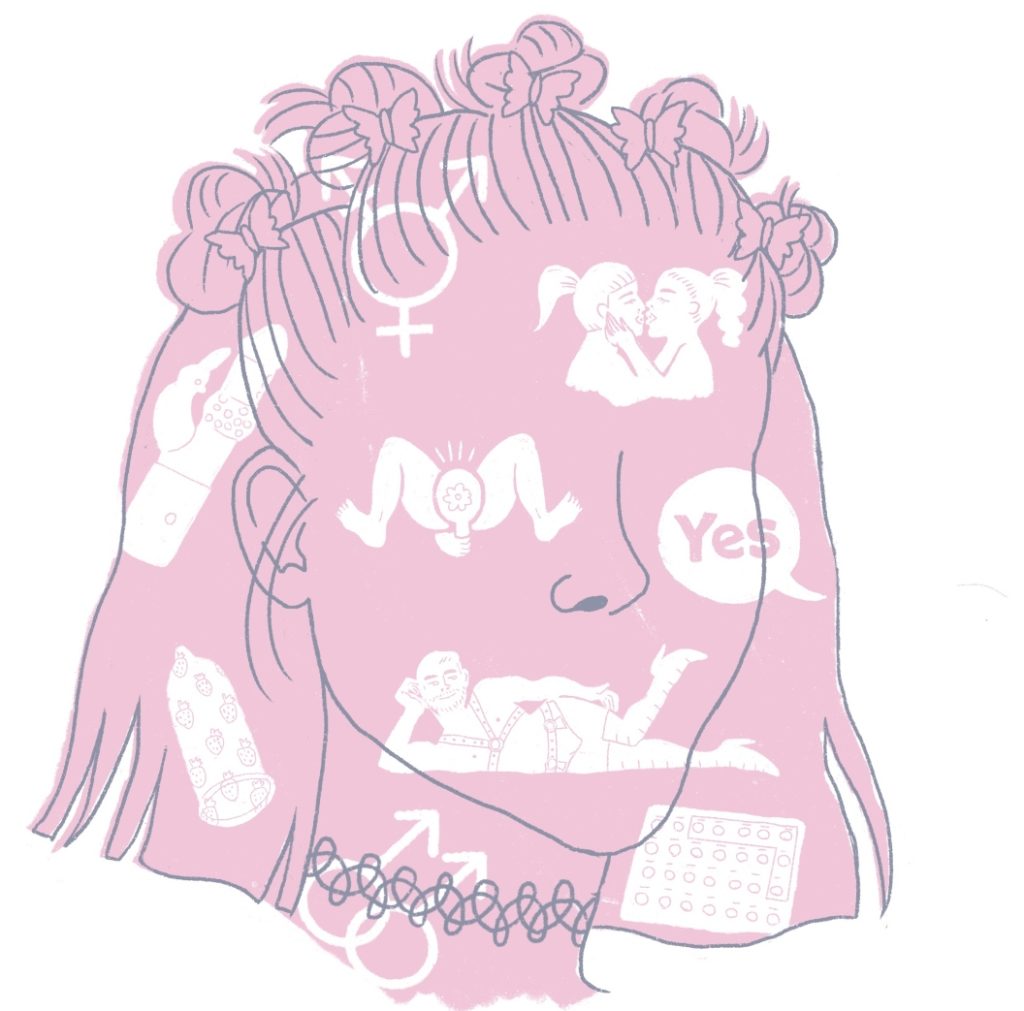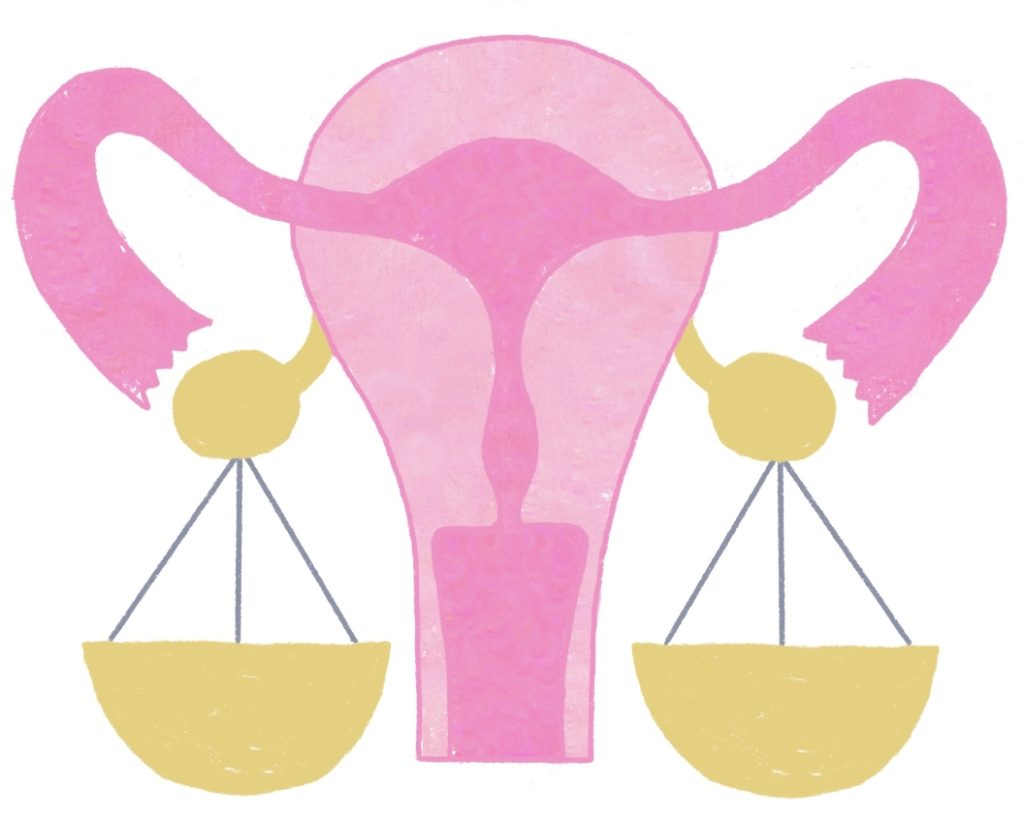Sex is still a taboo subject, but women have always lead real conversations that center positivity and education.
By Cy White, Illustrations by Jessica Wetterer

1990s
Though many attribute sex-positive ideology to Dr. Wilhelm Reich in the 1920s, it’s widely accepted that the term “sex positive” became a more common phrasing in the 1990s. World-renowned sex educator Goody Howard says the term is “a more culturally responsive framework and respects human variance as it applies to gender and orientation in ways that ‘free love’ did not.”

1994
In June 1994, a collective of Black women coined the term “reproductive justice.” The collective, who named themselves the Women of African Descent for Reproductive Justice, published a statement in the Washington Post that generated 800+ signatures, launching a movement that “combines reproductive rights and social justice.”

70%
In a study that explored whether self-pleasure aided women in dealing with period pain, conducted by adult toy brand Womanizer and period cup brand Lunette, 70% of women reported that masturbation impacted the intensity of their period pains, including issues with cramps, bloating, pain in the abdomen and lower back and breast pain.

2017
In 2017, Black-Latinx licensed social worker and sexuality educator Melissa Pintor Carnagey founded Sex Positive Families. Based in Austin, Carnagey started Sex Positive Families because she wants children and teens to have a “holistic, comprehensive, and shame-free sexuality education so they can live informed, empowered and safer lives.”

2019
In 2019, Austin ISD unanimously approved the Human Sexuality & Responsibility curriculum for elementary through high school students. Though controversial, the curriculum, which was developed from National Sexuality Education Standards, is age-appropriate and follows “the most current and scientifically accurate information” and “will focus on relationships, puberty, anatomy, reproduction and STDs, but the curriculum also includes lessons on ‘gender identity’ and ‘sexual orientation.’”

